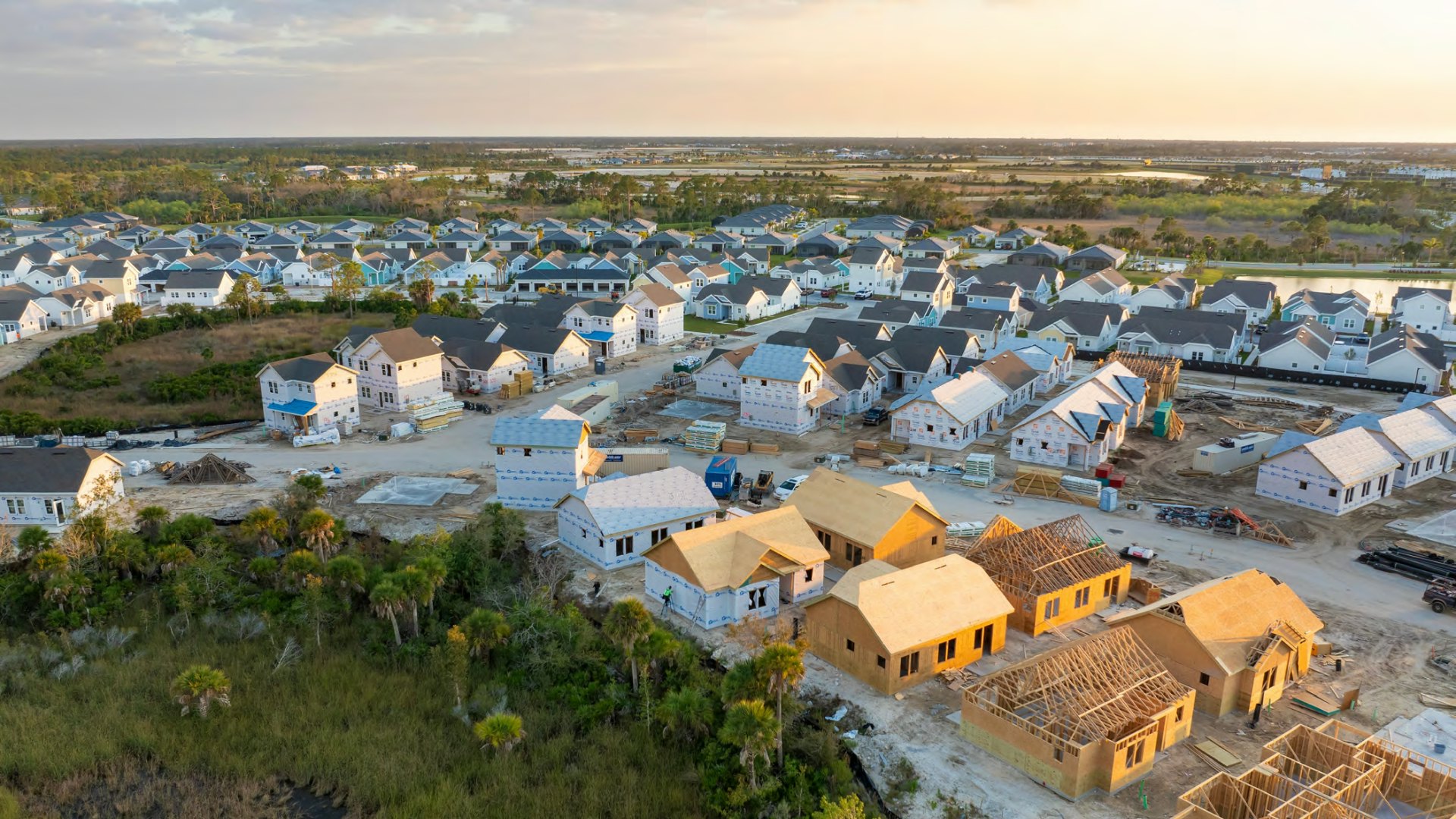Where you grow up in America powerfully influences your prospects in life.
A new Child Opportunity Index compiled by Brandeis University researchers reconfirms this important truth about our country’s economic mobility. But it begs some critical questions: Why do some cities and neighborhoods dramatically outperform others for economic mobility, and what should policymakers do to promote opportunity everywhere?
It’s true that it helps to be rich. Neighborhood income levels predict children’s economic mobility. Metros in America’s richest regions – the Northeast corridor and the West Coast – outperform on the Brandeis index. Those in the nation’s poorest areas – Appalachia, the deep South outside large cities, the Rio Grande Valley, and inland California – underperform.
But there are other critical factors that make a big difference in local generation-to-generation upward mobility, as a recent report from the George W. Bush Institute-SMU Economic Growth Initiative makes clear. They include social capital – connectedness, civic engagement, and trust among people that make a community tick – along with quality of life. These are the areas where policymakers should focus their efforts.
One way to gauge opportunity is by observing where Americans are moving from and to, as Bush Institute-SMU Economic Growth Initiative research has done. Metros that score reasonably well for incomes but also better than average for affordability, mostly in the Sun Belt, rank as high-opportunity places by this metric. But they make a poor showing on the Brandeis report.
For instance, Utah, which leads the nation on a social capital index developed by the U.S. Congress Joint Economic Committee, is an upward mobility superstar despite middling income levels. In terms of quality of life, cities with strong housing supply growth and thus better affordability are higher opportunity places, all else equal.
The Brandeis study makes a compelling case for policies to boost opportunity in struggling localities and to help lower-income people move to higher-opportunity places, similar to the message in a 2020 Bush Institute-SMU Economic Growth Initiative report on promoting economic mobility in U.S. cities.
But it misses the mark in offering a policy agenda for economic mobility in America’s left-behind places:
First, it doesn’t measure what the study aims to measure. It includes metrics such as adult education levels, employment, and health insurance coverage, which all strongly correlate with neighborhood income levels, but it omits any measure of affordability. Had the Brandeis researchers included affordability measures, expensive metros like New York and Los Angeles would have scored less well for child opportunity.
A second issue is the controversial question of why some cities and neighborhoods perform so much better than others. The Brandeis report asserts as a fact, but doesn’t prove, that high-scoring places perform well because current residents are “hoarding” opportunity – citing the title of a 2017 book by Brookings Institution scholar Richard Reeves. Echoing fashionable but thinly supported theories, the researchers cite single-family zoning policies, differences across school districts, and even “concerns about crime” as evidence of bad intentions.
A more convincing explanation of opportunity gaps across cities and neighborhoods would discuss the lasting effects of unjust policies of the early- to mid-20th century combined with the present consequences of weak governance and poor instruction in many school districts. It would also cite regulatory policies that impede entrepreneurship and land-use policies that excessively empower property owners to block new housing development of all kinds.
These factors vary tremendously across U.S. cities and help explain differences in economic mobility.
Third, the Brandeis report doesn’t make a convincing case for its policy prescriptions. It calls for increasing government cash assistance for lower-income families without considering how such policies influence recipients’ workforce participation. It supports moving children to schools across district lines, without evidence of benefits, but doesn’t address how to improve struggling schools with better governance, accountability, and instruction – all of which significantly influence learning outcomes. And it supports banning single-family zoning despite a lack of evidence that cities and states that have done so have developed more affordable housing as a result.
America has ample tools to promote economic growth and broad-based prosperity with evidence-based policies that would expand opportunity for all people, rather than starting from the zero-sum view that more opportunity for some demands less opportunity for others.
These tools include science-based reading and math instruction, better postsecondary career pathways, increased innovative research and development, light-touch and commerce-friendly business regulations, and growth-oriented land-use and development policies in suburban as well as urban areas.
All these policies would help expand opportunity for children in the nation’s left behind neighborhoods – a laudable and urgent goal.
































